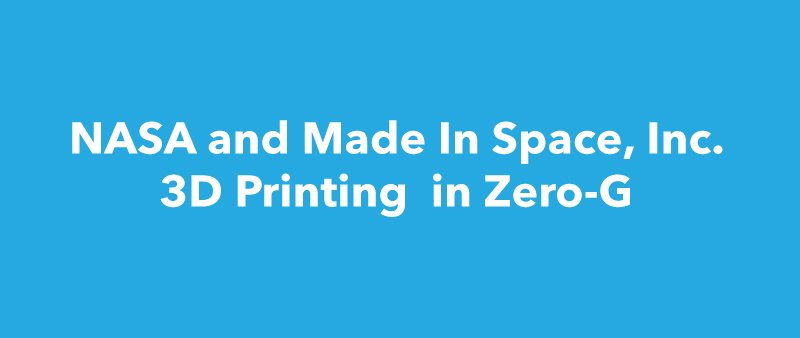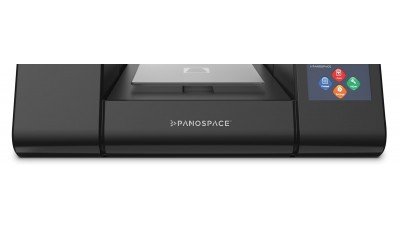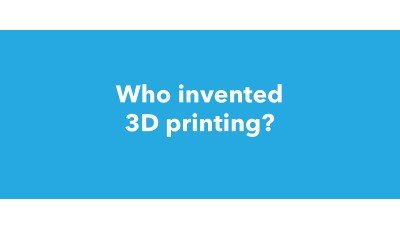Facts & News
RssNasa - Open for Business: 3-D Printed “Laugh-Art” in Space
"This first print is the initial step toward providing an on-demand machine shop capability away from Earth," said Niki Werkheiser, project manager for the International Space Station 3-D Printer at NASA's Marshall Space Flight Center in Huntsville, Alabama. "The space station is the only laboratory where we can fully test this technology in space.”
ONO Team Finds Solution to Major Board Issues
For months, the ONO team has been working on compatibility issues between the printer and the hundreds of phones currently available on the market delaying shipments. From the start of the project, the decision was made to use the audio output to communicate with the printer to maximize the compatibility with phones, especially older ones, since a hardware connection through the audio jack is more reliable than wireless communication. What the team was not prepared for was the variation not only between phones, but between software versions on the same phone. Fixing problems on one system resulted in a degradation in another, causing a crippling problem.
Ready, straight out of the box, Panospace ONE
Panospace 3D printer is one of the most efficient desktop 3D printers in the market considering both the printing speed and the print quality.
Smartphone 3D Printers OLO and ONO, what's the first?
ONO and OLO seem to be just the same item but advertised with different names. Invented by the co-founders of the italian firm Solido3D, Filippo Moroni and Pietro Gabriele, this little 3d printer will surely boost interest on 3D Printing around the world.
The first 3D printed object in space
The International Space Station’s 3D printer has manufactured the first 3D printed object in space, paving the way to future long-term space expeditions.
The inventor of 3D Printing
Charles Hull (Born: May 12, 1939, in Clifton, Colorado) is the inventor of stereolithography (Patent No. 4,575,330), the first commercial rapid prototyping technology commonly known as 3D printing. The earliest applications of 3D printing were in research and development labs and tool rooms, but today 3D printing applications are seemingly endless. The technology has been used to create anything from sports shoes, aircraft components, and artificial limbs to artwork, musical instruments, and clothing.
The earliest 3D printing technologies first became visible in the late 1980’s, at which time they were called Rapid Prototyping (RP) technologies. This is because the processes were originally conceived as a fast and more cost-effective method for creating prototypes for product development within industry.











